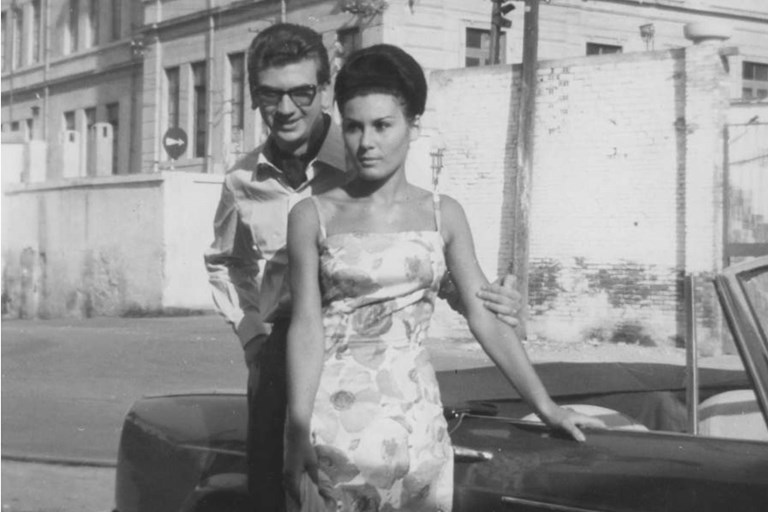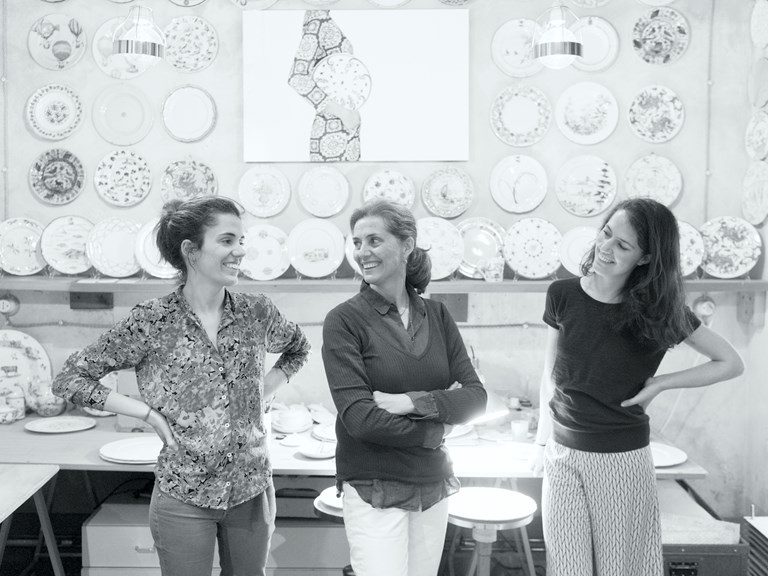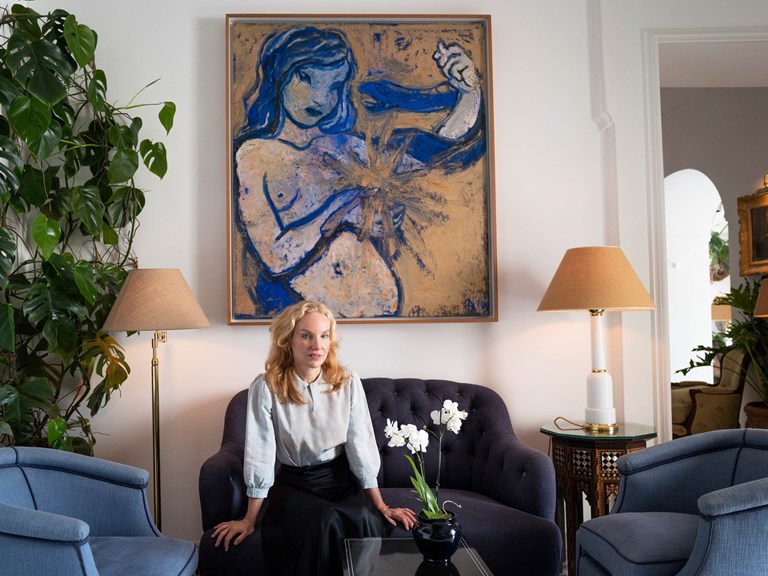MARCELLO RUMMA'S AMALFI ART REVOLUTION
02.02.2020 ART & CULTURE
The curator was Germano Celant, whose 1967 booklet Arte Povera: Notes for a Guerilla War had given a name and direction to a heterogenous movement of artists that, as he saw it, used everyday, ‘poor’ materials, gave as much attention to the creative process as to the finished object, and rejected the gallery system and the commodification of art.
But it was Marcello Rumma, a young collector and art impresario from the nearby city of Salerno, who was the real promoter and motive force behind the three-day event. The subject of an exhibition currently running (until 13 April) at Naples’ Madre modern and contemporary art museum, Rumma was a dynamic, eclectic, endlessly curious cultural entrepreneur who in the last six years of his short life, from 1965 to 1970, developed a new, collective form of art promotion in southern Italy that had little to do with public institutions. He also found time to open a groundbreaking art space in Salerno, launch a publishing company, put together three seminal exhibitions in Amalfi’s ancient naval shipyards, and build relationships with curators, critics, thinkers, and artists that ranged from Jannis Kounellis to Richard Long, Alighiero Boetti and Andy Warhol.
The two previous editions of the Rassegne Internazionali di Arti Figurative art events organised by Rumma in the dark Medieval halls of the ‘Naval Arsenal of the Republic of Amalfi’, in 1966 and 1967, were exhibitions whose format even locals unschooled in the language of contemporary art could understand – even though they may have been challenged by the artworks on display, which included pieces by Warhol, Mario Schifano, Roy Lichtenstein, Jasper Johns, Victor Vasarely and Frank Stella. But the 1968 event was something entirely different, more a happening than an exhibition.
Dutch land artist Jan Dibbets persuaded a local fisherman to help him lay a long white strip of paper over the surface of the sea. Pietro Lista buried a neon light under the sand of the main beach, accompanied by Anne Marie Boetti on the flute. Richard Long went around Amalfi shaking hands and striking up conversations. Paolo Icaro restored the corner of an old building. Michelangelo Pistoletto and his colleagues from the Gruppo dello Zoo street theatre collective mounted various performances in the streets of the town. There was even an artists vs critics football match, during which another of Pistoletto’s installations, a pile of bricks and rags and old shoes called Monumentino, was knocked over and destroyed. “I didn’t say a word”, he later wrote, “because the space and the little monument I had made were no problem of mine. What counted was the experience”.
After Marcello Rumma’s death in 1970 at the age of just 28, his widow Lia (pictured with Marcello above in 1960s Salerno) opened a gallery in Naples and went on to become one of Italy’s most influential galleristas. The archive of photos and documents she conserved from the seminal years of her husband’s art activism form a key part of the Madre exhibition.
More than fifty years after an exhibition that has entered the annals of twentieth century art history, Amalfi’s ancient Arsenali della Repubblica will once more play host to contemporary art this spring, with a show dedicated to South African artist William Kentridge and another featuring Egyptian artist Wael Shawky. Organised by the Regione Campania with the collaboration of the Madre’s governing body, the Fondazione Donnaregina per le arti contemporanee, both exhibitions open on 26 March.
I sei anni di Marcello Rumma 1965 – 1970
until 13 April
Madre Museum
Via Settembrini 79, Naples
www.madrenapoli.it
Le Sirenuse Newsletter
Stay up to date
Sign up to our newsletter for regular updates on Amalfi Coast stories, events, recipes and glorious sunsets


